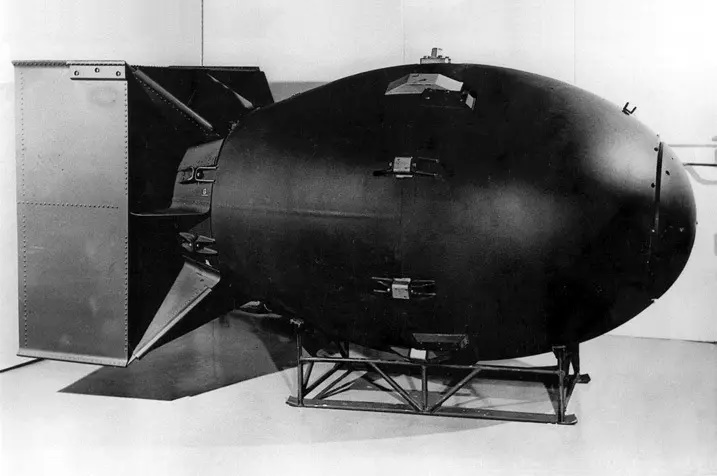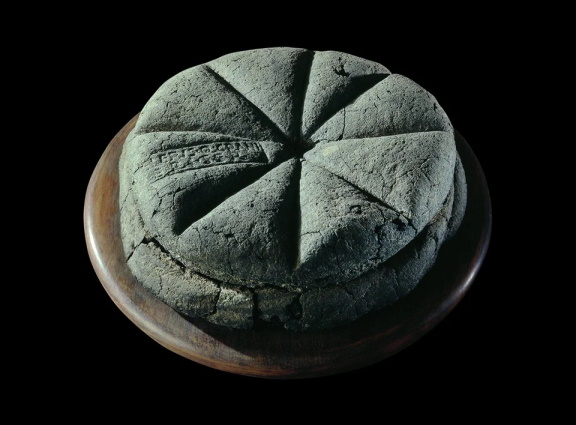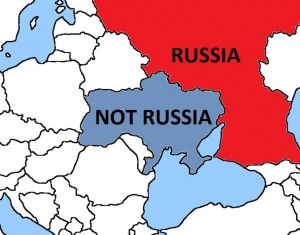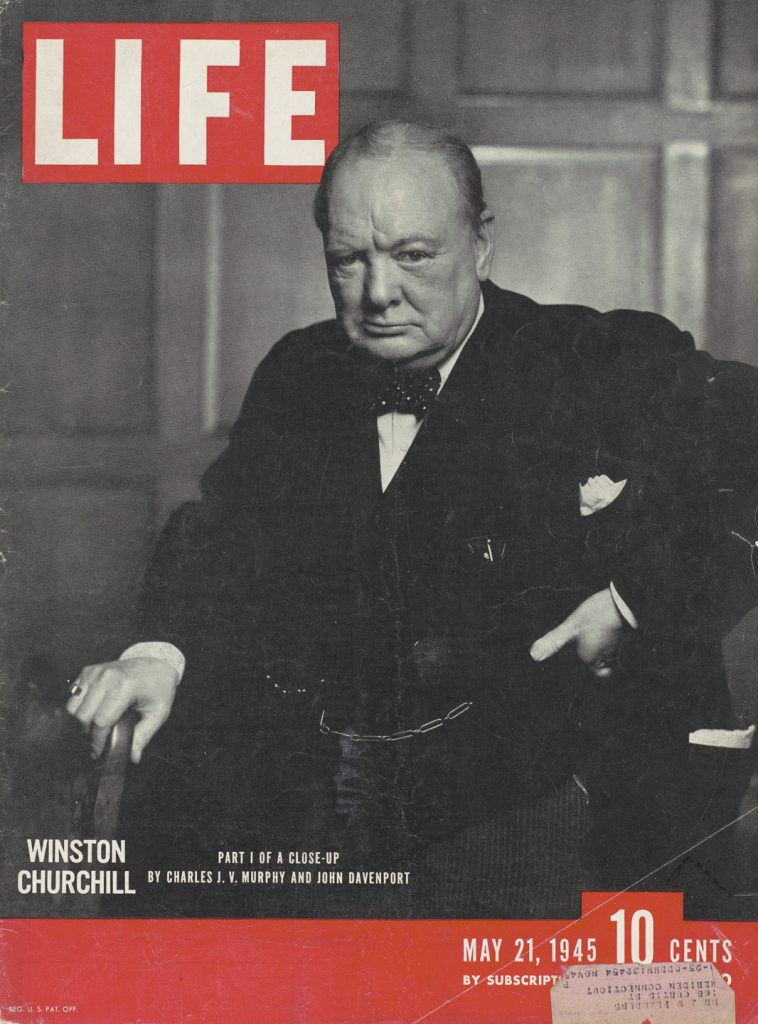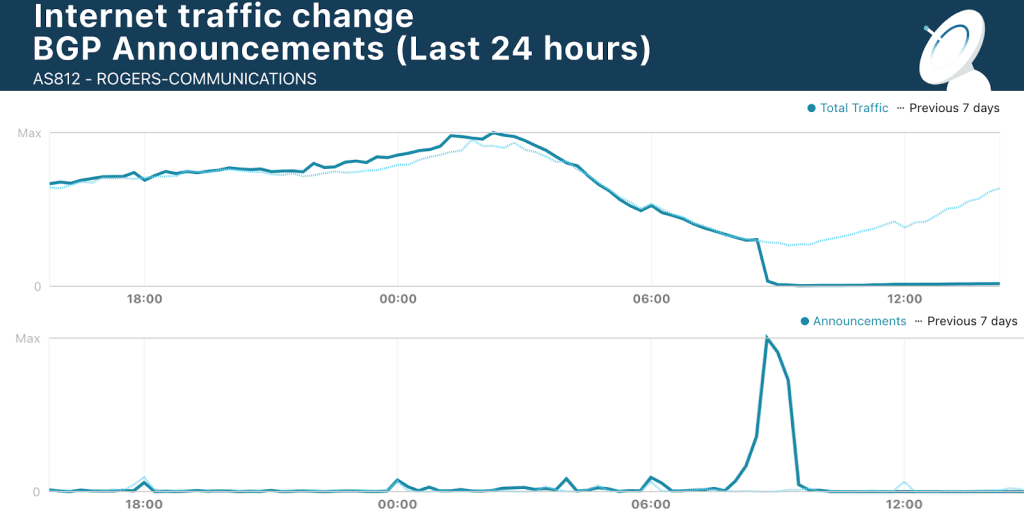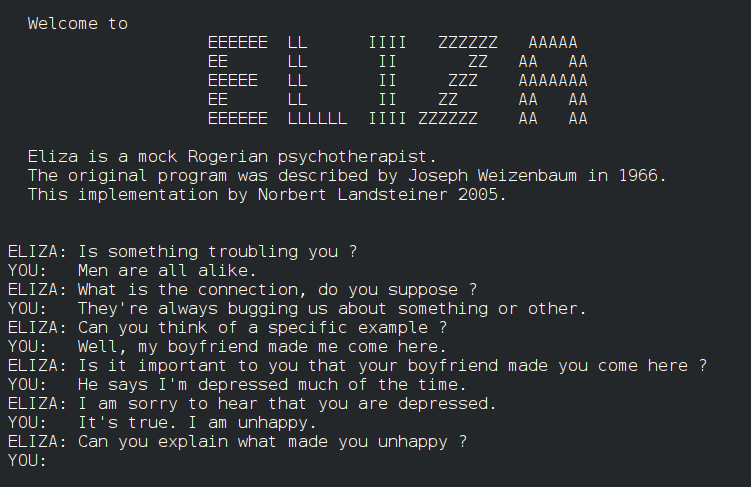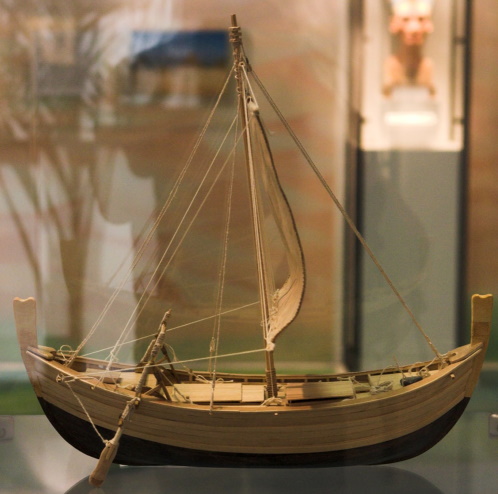So I’ve been playing this cyberpunk cat game (how could I possibly resist? The protagonist is a cat. I am quite fond of cats. And the game is set in a post-apocalyptic dystopia, my favorite genre, so to speak.)
But first…
* * * Spoiler alert! * * *
As I said, I was playing Stray. Beautiful game. The visuals are stunning, the story is engaging (reminds me of the quality of writing that went into the classic Infocom text adventure games in the early 1980s) and the cat is an orange tabby that looks and behaves just like our Freddy. What more can I ask for?
But then I realized that the story of Stray is incredibly sad. Even the ending can at best be described as bittersweet.
Because… because for starters, in Stray there are no humans. Only robots, which look very obviously robots, with display screens as faces showing cute emoticons.

The reason why there are only robots has to do with humans, and something unspeakably evil that these humans must have done in the distant past. The result: A walled city (“safest walled city on Earth!”) devoid of human inhabitants, infested with evolved trash-eating bacteria that now eat cats and robots both, and inhabited by kind, naive, incredibly gentle, almost innocent robots, former Companions, cleaning and maintenance staff who have become somewhat self-aware, mimicking the behavior of their former masters.
A few of these robots dream of the Outside, which is where the cat protagonist comes from, after falling off a broken pipe. His drone buddy, who turns out to carry the consciousness of a human (quite possibly the very last human), helps him navigate the dangers and eventually open up the city. He does so at the cost of his own life.
When the game ends, the cat is free, again walking under a blue sky chasing a butterfly. And this cat may very well be the last representative of our once great civilization. Because the robots do not form a functioning society. They go through the motions, sure, even running, rather pointlessly, barbershops and bars with robots for customers. They are so innocent, they are almost completely free of malice (apart from a few security robots and their drones) and they are incredibly polite: “What will it be today, little sir?” asks the robot bartender of the aforementioned bar, “Our world must seem gigantic from your little eyes. Wish I could be as tiny as you, so I could explore new hidden places.”

Yet their society is non-functional. They don’t make things, they just make use of the leftover remnants of a collapsed civilization.
The world of Stray, then, is more depressing than the various Wastelands of the Fallout game franchise. At least in the Wastelands, humans survive. Sure, the societies that emerge are often evil (the Enclave, the Institute) yet they present a path towards a better future. But the world of Stray, as far as humans are concerned, is irreversibly dead (unless a sequel introduces us to surviving enclaves of humans, but I sure hope that won’t happen, as it would ruin a great, if depressing, story.)
Hence my sense of melancholy when I was ultimately successful opening up the city, at the cost of losing my last NPC companion, the drone B-12. While it was hidden behind its impenetrable walls, the city of Stray preserved at least an echo, an image of the civilization that created it. Now that the city is open, what is going to happen as the robots disperse? What remains (other than lovely colonies of feral cats) after the last robot’s power supply runs out or the robot suffers some irreparable damage?
Not much, I think. The little eyes of Stray, the cat, may very well end up as the final witness to that echo of our existence.
